
How can brands use music to overcome generational tensions?
Joanna Barnett, Strategy Director at Truant, on the power of music to bring people closer together and broaden a brand’s appeal.

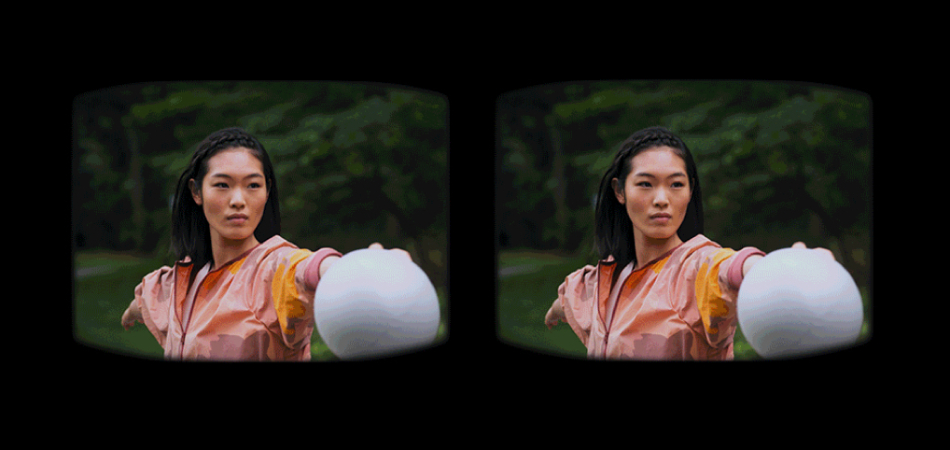
Like the majority of people, I’d say all of my most memorable experiences (to date) have happened in the real world. But, with more companies investing in Virtual Reality, should we question if a virtual experience will ever surpass a real world one?
First, let's think about what an experience is.
Yuval Noah Harari in Homo Deus writes, “they [experiences] are not empirical data. An experience is not made from atoms, electromagnetic waves, proteins or numbers. Rather an experience is a subjective phenomenon made up of three main ingredients: sensations, emotions and thoughts. At any particular moment my experience comprises of everything I sense (heat, pleasure, tension, etc), every emotion I feel (love, fear, anger, etc) and whatever thoughts are in my mind.”
If an experience itself is not an empirical entity, then virtual reality is able to trigger our sensations, emotions and thoughts in the same way the real world does. Before VR, if I wanted to experience vertigo I would have to stand on the edge of a tall building. Now I can trick my brain into experiencing the same sensation from the safety of a room.
VR may not have found its way into many homes just yet, but according to research firm Tractica, more than 200 million devices will be sold worldwide by 2020. This is a piece of technology brands can’t ignore. The headset and headphones create a completely immersive experience for the viewer, even challenging our brains to differentiate between virtual and real life.
At a recent New York City fundraiser for the International Rescue Committee, attendees could step away from the mingling and transported into the world of a refugee camp in Lebanon, giving them a more direct connection to the people they were there to help. Many charities, from Amnesty International to the National Autistic Society, have used VR to help the general public to emphasise with their causes.
A virtual experience is a real world experience. Whilst it lacks the sensitivity of the physical world, the sensations triggered can be the same. It allows people to tell their story from anywhere, without the distractions of the physical environment. For brands, the undivided attention of a viewer and the complete control of the virtual world makes it the perfect platform to capture an audience.
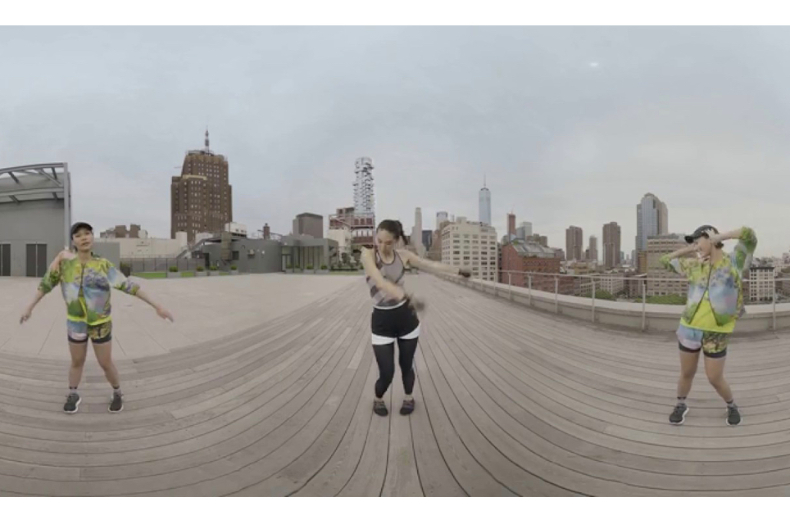
The new adidas by Stella McCartney FW17 collection is inspired by the contrasting environments of city life and the wild outdoors. The designs integrate nature-inspired prints into the detailing and technologies. This ensures that those wearing the clothes are ready for the surroundings.
In the spirit of the collection’s ability to adapt to the wearer’s environment and training pattern, Clubhouse and Stella McCartney created a VR experience to fully immerse the viewer at the heart of in a 360° performance. This brought bringing the story and the collection’s versatility to life in a truly unique way.
Viewers were placed at the centre of two parallel worlds. One is a rooftop overlooking the busy urban cityscape below, while the other a rural terrain where nature takes centre stage. Within each world, female athletes, including Japanese influencers Yuka Mannami and Chiharu Okunugi, were positioned around the viewer, performing their own continuous movements inspired by the designs.
The interactive film was showcased using the Google’s DayDream VR headset to over 600 guests from the media and fashion worlds at the FW17 event in Tokyo.
Agency: Nature x City VR, Clubhouse Studios
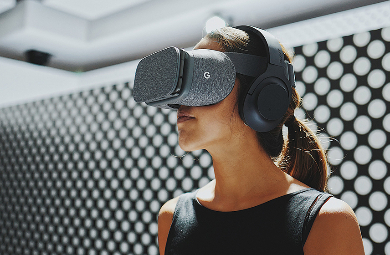
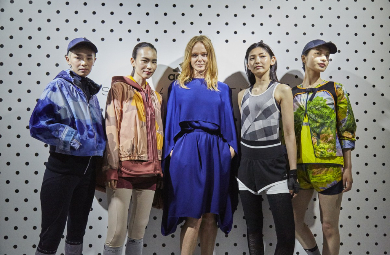
Gaming is predicted to be the biggest growth area for Virtual Reality headsets in the next few years. Deutsche Telekom have created a gaming in the virtual world that will help people in the real one. Following on from the success of the mobile game Sea Hero Quest, launched in 2016, the telecoms company created the world’s first consumer focused VR game where anyone can help scientists fight dementia through gameplay. Sea Hero Quest VR harnesses the power of gameplay to aid dementia research by helping to further advance our understanding of spatial navigation, and to therefore understand one of the earliest symptoms of dementia. Supporting its proposition ‘Life is for sharing’, all of the data is open source. This is the second instalment in Deutsche Telekom’s #gameforgood initiative, part of its continued commitment to pushing technological boundaries to solve some of society’s biggest problems.
Agency: Saatchi & Saatchi , London
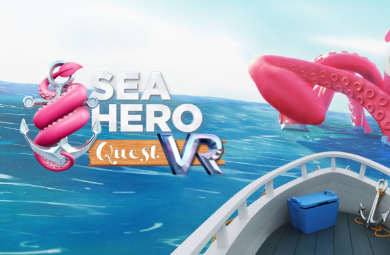
The Audi Walking VR experience enables Audi to take the next step in their virtual reality deployment, enhancing the customer experience beyond that of the revolutionary Audi City project delivered in 2014 with the Oculus Rift DK2. The cutting edge virtual reality experience allows customers to walk around and explore the car, utilising the large ‘play area’ of the HTC Vive. The user digitally interacts with a fully configurable 5 million polygon car with advanced lighting and effects. Powered by the same real-time 3D visualisation technology as their retail and online solutions, Walking VR brings more of the Audi story to more people, more of the time.
Agency: ZeroLight, Newcastle upon Tyne
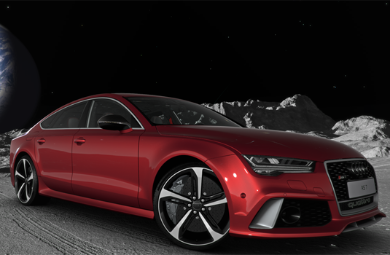
Looks like you need to create a Creativebrief account to perform this action.
Create account Sign inLooks like you need to create a Creativebrief account to perform this action.
Create account Sign in